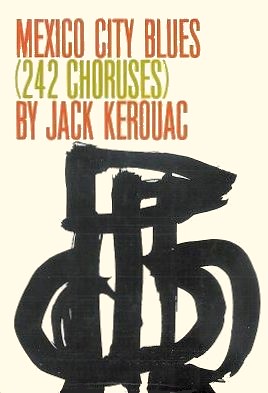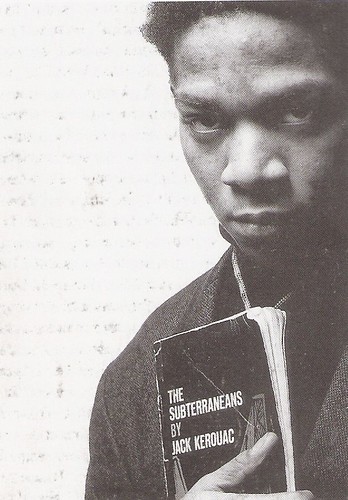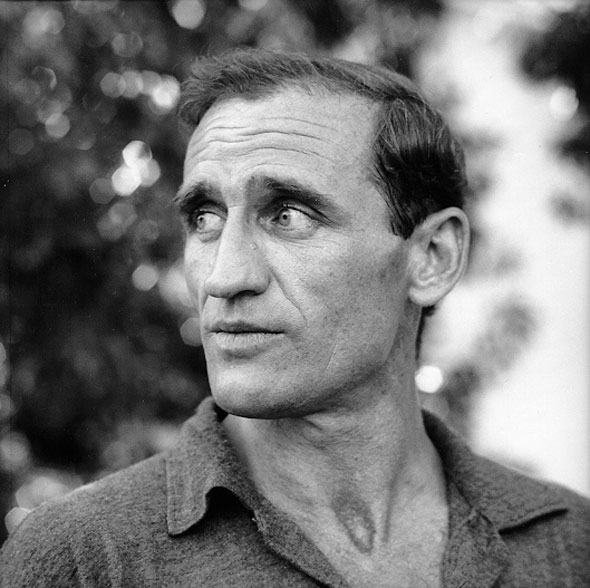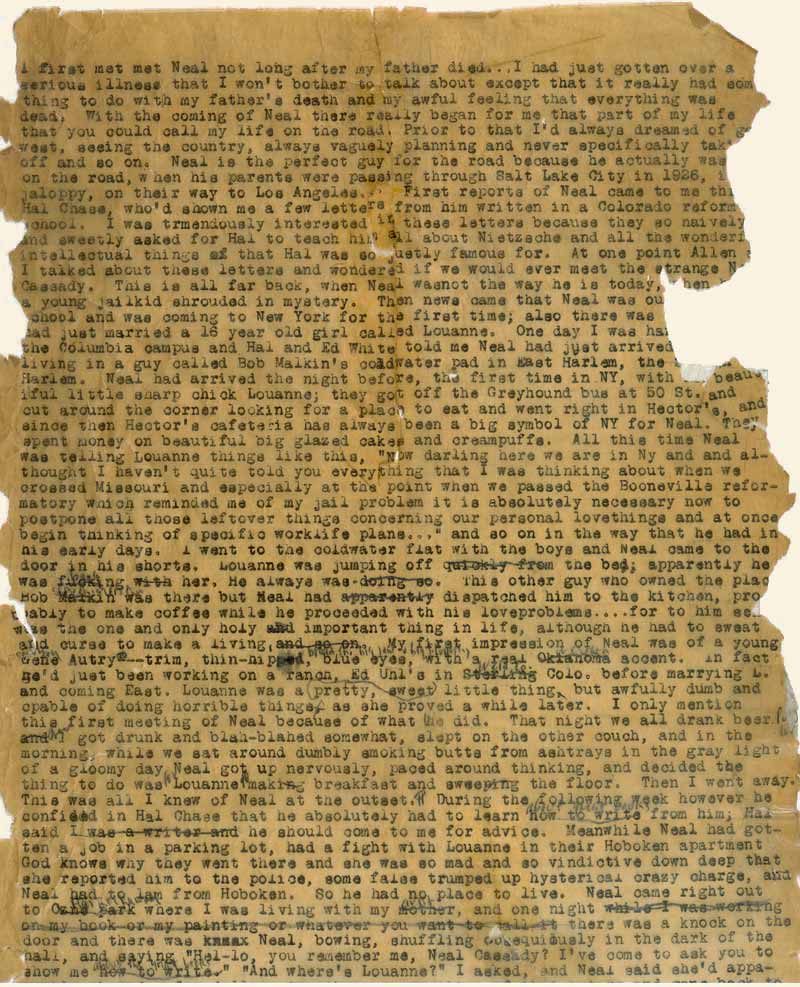Most students are far more comfortable reading and discussing prose than poetry, though that's usually a product of their lack of familiarity with the latter. We'll be dealing exclusively with poetry for the next three weeks (between Mexico City Blues and the work of Allen Ginsberg), then return to it in the second-to-last week when we work with Gregory Corso, and this work can be challenging at times, so it's best to start developing your analytic abilities now. Below, you'll find two different strategies for working your way through a poem, which should be particularly useful now, when your instincts and comfort level aren't fully established.
This is a quick and simple five-step plan that should be fairly helpful as you work your way through the readings. Though it's better suited to more traditional poetry, it will still offer some useful questions to ask when reading through a poem:
1. What is happening in the poem?
- Literally: What is the poem’s action?
- Figuratively: What metaphors drive the poem’s message?
2. Comment on the poem’s music: What do you hear in this poem?
- the poet’s voice, the language used
- use of rhyme and near rhyme
- the poem’s rhythms, its cadence, its momentum
- use of alliteration and assonance
- performative enjambments (line breaks)
3. Are there any memorable images? What do you see in this poem?
4. What general themes does the poet touch upon?
5. Ultimately, what is the poet/poem trying to say?
Another method of working your way through a poem comes from an interview with Ann Lauterbach in Daniel Kane's What is Poetry: Conversations with the American Avant-Garde:
DK: Is there a method or series of steps that you might recommend teachers to take in presenting "On (Open)" [a poem of Lauterbach's they'd been discussing] to high school students not so familiar with poetry?
AL: A poem is not a puzzle to be solved. A poem is an experience, an event, in and of language. It should be approached as such:
- What kind of event happened to you when you read this poem?
- Did you get a feeling?
- Did you have an idea?
- Did you get reminded of something?
- Did you go elsewhere, away from the familiar world into another, stranger, one?
- Did you look up words and find out new meanings, as you would ask directions in a strange city?
- Why do you think the poet made this word choice, and not another?
- Why do you think the line is broken here, at this word, and not at another?
- How is a line break in a poem different from a comma or a period in a prose sentence?
If you're interested in a far more comprehensive introduction to poetry, definitely check out Edward Hirsch's multi-part essay "How to Read a Poem (and Fall in Love with Poetry)," available through the Poetry Foundation website.
Also, here's a link to a poetics glossary to help you sort out any unfamiliar terms you might come across (including, perhaps, some used above), and a primer on poetic forms and techniques.











